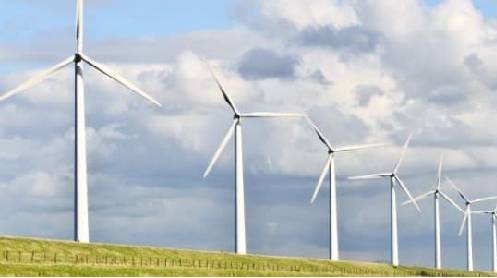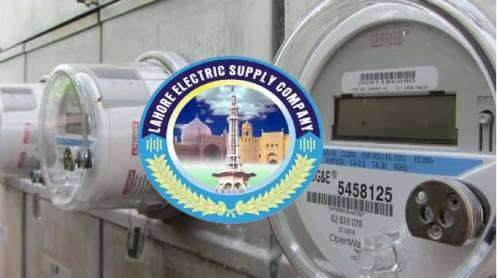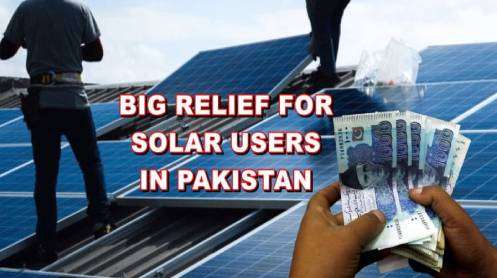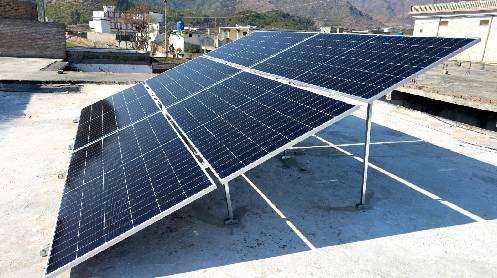Pakistan has been grappling with persistent challenges in meeting the demand for natural gas, resulting from increasing energy needs, infrastructure limitations, and supply-demand gaps. Last year, domestic natural gas production in Pakistan experienced a decrease of approximately five per cent.
Around 25pc of the country’s natural gas consumption is being met through imported LNG. The government’s provision of subsidised gas to the fertiliser sector has strained resources and raised concerns about energy efficiency and environmental impact.
Despite these challenges, the government has continued its provision of subsidised gas to the fertiliser sector. In the previous year alone, the government paid a subsidy of approximately Rs150 billion specifically to the fertiliser sector. Additionally, industries such as textiles, ceramics, glass, and steel have suffered production setbacks due to the non-availability of gas.
The fertiliser industry, which consumes approximately 20pc of the country’s natural gas, faces significant energy inefficiency due to outdated technology and equipment. This inefficiency leads to higher energy costs, environmental concerns, and challenges in meeting the growing demand for natural gas.
The consequences include supply shortages, disruptions in other gas-dependent sectors, increased greenhouse gas emissions, and higher fertiliser prices that impact the agricultural sector’s growth and farmers’ economic viability.
While the international market price for urea fertiliser stands at around Rs80,000 per metric ton, Pakistani farmers have been able to purchase it from the local market at a lower price of Rs60,000 per metric ton. According to the Ministry of National Food Security and Research (MNFSR), the projected demand for urea fertiliser is estimated to be 3.2 million metric tons. As a result, the total subsidy received by farmers amounts to Rs64bn.
The limited availability of gas has adversely affected industries such as textiles, ceramics, glass, and steel. These sectors heavily rely on a consistent supply of gas to maintain production capacities, ensure timely deliveries, and control production costs. The non-availability of gas has led to reduced production capacities, delays, and increased manufacturing costs.
It is noteworthy that these industries are even willing to purchase gas at international prices, highlighting the urgency of securing a reliable gas supply.
The non-availability of gas not only affects the industries directly but also has a ripple effect on the entire supply chain. Downstream industries and businesses that depend on the products or services of these gas-dependent industries also face challenges and may experience a decline in their own production capacities.
To address growing gas shortages and discourage circular debt, the State Bank of Pakistan has advised the government to eliminate gas subsidies and encourage private sector participation in LNG trade.
This recommendation aims to develop an efficient LNG market, which currently fulfils around 23pc of the country’s natural gas requirements. Removing subsidies would create a sustainable and competitive environment for the LNG industry, attracting private investments and ensuring a reliable gas supply for various sectors.
If a urea fertiliser shortage is caused by subsidy phasing out, importing urea becomes a viable option. Urea is readily available in the international market, allowing Pakistan to bridge the demand-supply gap and support the agricultural sector. Importing urea provides flexibility in addressing shortfalls and maintaining fertiliser availability for farmers.
On the domestic consumer front, the decision to implement a new billing mechanism for domestic consumers has raised concerns about transparency and fairness. Consumers have been divided into “protected” and “non-protected” categories based on their average gas consumption during winter months.
The first category, known as the “protected” category, consists of consumers with a monthly average gas consumption of less than 0.9 cubic hectometers (hm3). These consumers are now required to pay a fixed charge of Rs50 per month.
On the other hand, the second category termed the “non-protected” category, comprises consumers with average consumption above 0.9 hm3. These consumers are now obligated to pay a fixed charge of Rs500 per month, along with a minimum fuel charge of Rs172.58.
The change was implemented without prior awareness, further exacerbating doubts regarding the decision-making process. It is also important to note that domestic consumers only received gas during selected time slots.
The total number of domestic gas consumers in the country has grown from 10.3m to over 10.7m, reflecting an increase in the consumer base nationwide; still, a significant proportion of households lack access to natural gas for cooking purposes.
It is imperative for the government to prioritise the transition of these households to more efficient cooking methods. This transition is often referred to as “climbing the energy ladder,” symbolising the shift from less efficient cooking practices to more efficient alternatives. By promoting this transition, the government can significantly enhance the cooking experience for households, improving efficiency and accessibility in the process.
The distribution losses for the Sui Southern Gas Company (SSGC) stand at approximately 18.28pc, while the Sui Northern Gas Pipeline Ltd (SNGPL) reports losses of up to 12.32pc. These figures surpass the widely accepted benchmark of 2-3pc for line losses in the gas industry, which represents the percentage of gas injected into the distribution system that remains unaccounted for.
To address this issue, it is crucial for the government to prioritise reducing these losses by attracting more investment in the distribution and transmission systems. By improving infrastructure and implementing efficiency measures, the government can work towards minimising distribution losses and ensuring a more reliable and sustainable gas supply for consumers.
In concluding the discussion, the shortage of natural gas has had a significant impact on industrial sectors. To mitigate these challenges, the government must explore alternative energy sources, ensure a balanced allocation of resources, and promote energy conservation practices. This will foster sustainable growth and development in industries such as textiles, ceramics, glass, and steel.
Furthermore, pricing gas for industries, including the fertiliser sector, in US dollars, considering the international market, can provide stability in a currency-sensitive environment. It is crucial to address these issues promptly to ensure a reliable and efficient energy supply, supporting industrial growth and overall economic progress in Pakistan.







